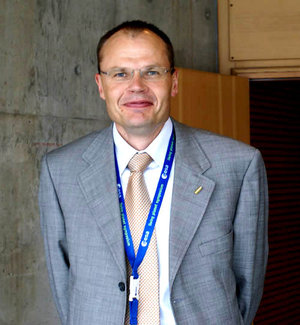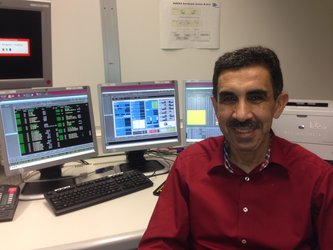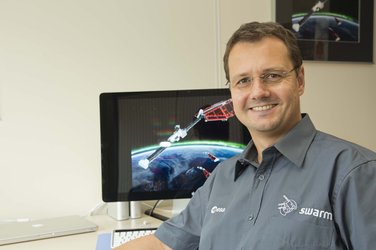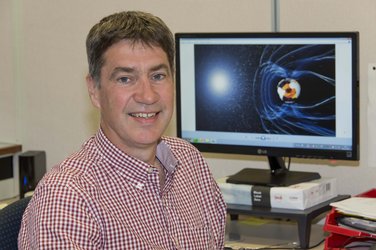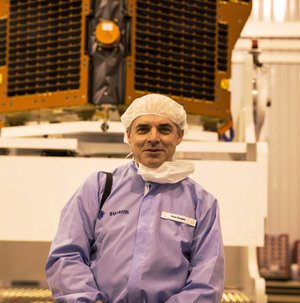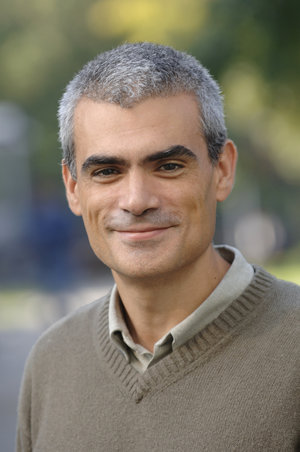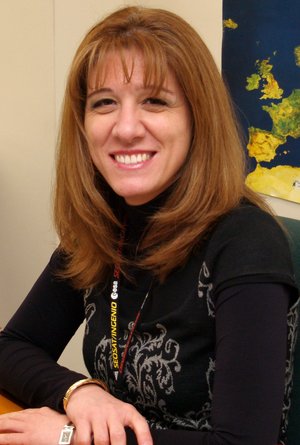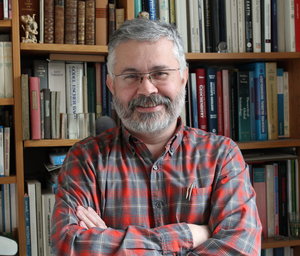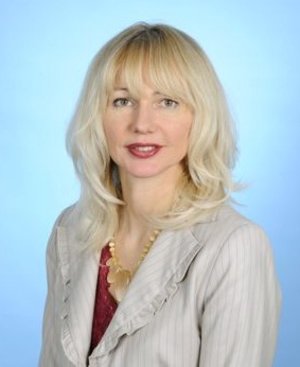Rune Floberghagen: Mission Manager
Rune Floberghagen will be in charge of Swarm once it enters operations post-launch. After Swarm's commissioning phase is complete, he will oversee mission operations, including the delivery of data to users worldwide.

Rune, a native of Norway, began working at ESA’s European Space Research and Technology Centre (ESTEC) in the Netherlands in 2001 and relocated to ESA’s Centre for Earth Observation (ESRIN) in Frascati, Italy, in December 2007 to assume his role as GOCE Mission Manager.
Rune earned both his Masters and PhD in Aerospace Engineering from Delft University of Technology in the Netherlands.
ESA: What will your role as Swarm Mission Manager involve?
Rune Floberghagen
The role of the Mission Manager is to ensure the leadership of the mission during its operations phase. While the Project Manager interfaces with industry during the development phase to deliver the satellite and ground segment, the Mission Manager interfaces with the user communities to make sure the mission is exploited in the best way possible. In addition, the Mission Manager has the full budget responsibility of the mission.
ESA: What do you most looking forward to with Swarm?
Rune Floberghagen
Swarm carries unique instrumentation that allows us to determine Earth’s magnetic and electric fields in a way nothing else has been able to do. We look forward to new insights in all that is linked to geomagnetism and to the near-Earth environment. On top of that, Swarm is a constellation, and the management of this constellation will be a particular challenge in the coming years.
ESA: The Swarm mission will provide new insight into Earth’s magnetic field. Who will be the main users of these data?
Rune Floberghagen
First and foremost: the scientists who are working on the magnetic field and its sources. For example, there is still a lot to learn about the geodynamo in Earth’s liquid outer core, for example, and how the motion of fluids governs the evolution of the magnetic shield that protects us from the harmful, high-energy particles of the solar wind. Second, we expect the models and data we use to find their way into practical space weather modelling. Last but not least, there are many practical applications of magnetic data in engineering and navigation tasks.
ESA: What do you expect to be the biggest challenge for the three-satellite mission?
Rune Floberghagen
The biggest challenge will undoubtedly be to distinguish between all the various contributors to the magnetic field. This is the primary task of the mission and the very reason Swarm is a constellation. We are very much aware that this is a complicated task, and have been preparing for this endeavour for a good number of years. Doing it in practice will of course be the ‘proof of the pudding’.
Editor's note:
This is one in a series of interviews with a few of the key people that are involved in the Swam mission. Please check back as the list will be added to over the coming weeks.






